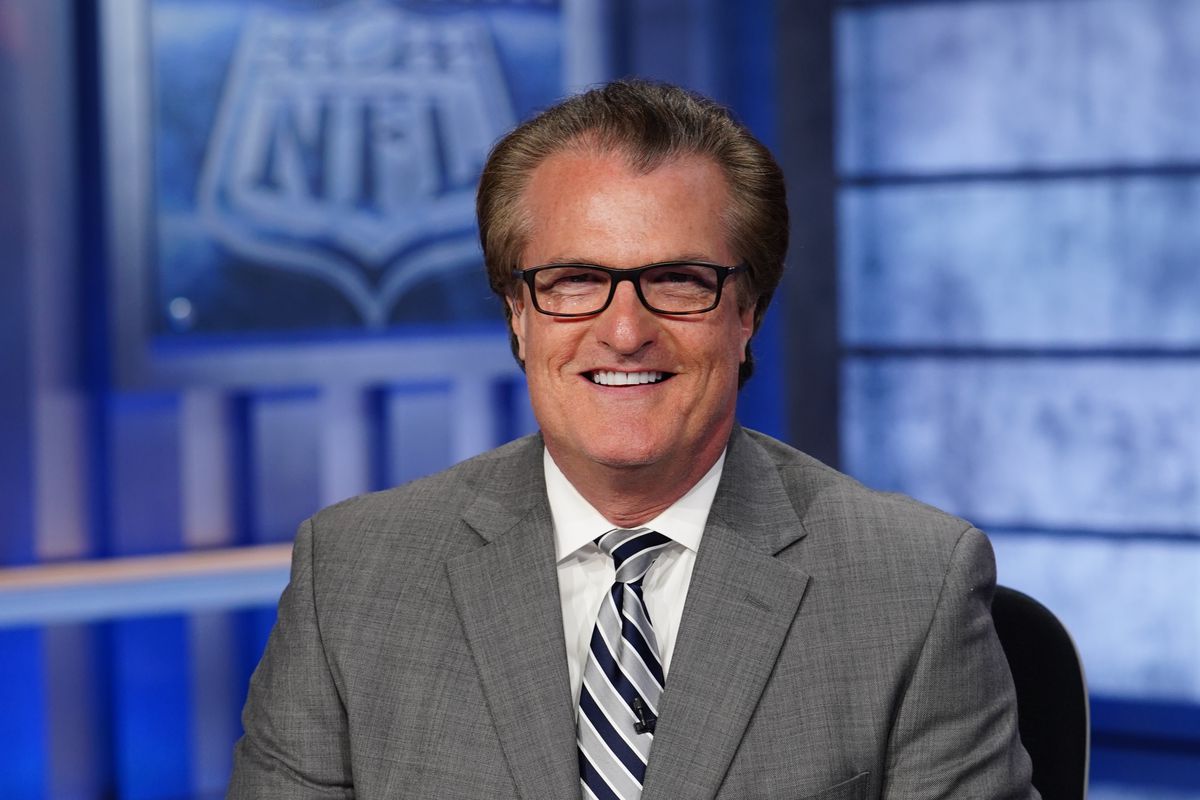ESPN: Mel Kiper says this should be banned from the NFL
The veteran NFL commentator offered his audience one of the craziest analysis you will hear this season, expressing a desire to see football played more like it did decades ago.
 If you ask just about anyone who has experience watching, coaching or playing football, they’ll tell you offense is easier than it’s ever been. Quarterbacks and runners are extremely protected, while the restrictions on pass interference have never been tighter. However, if you ask Mel Kiper, offenses need their hands held even more in order to foster explosive play.
If you ask just about anyone who has experience watching, coaching or playing football, they’ll tell you offense is easier than it’s ever been. Quarterbacks and runners are extremely protected, while the restrictions on pass interference have never been tighter. However, if you ask Mel Kiper, offenses need their hands held even more in order to foster explosive play.
In recent weeks, with early-season passing numbers at an unprecedented low, the usage of “two-high” defensive schemes, ones that devote two safeties to deep coverage, has been a focal point of discussion. Many believe that excessive usage of this tactic is responsible for the decrease in air-based offense.
Whether or not that’s true, two-high defense has existed more or less since the proliferation of the forward pass, it’s just becoming a bit more popular now. Offense and defense in the NFL both go through changes throughout time, with different approaches becoming more popular than others in different eras. It’s a constant push and pull; as one changes, the other adapts, and through this endless cycle, the game evolves. To many longtime fans, uniquely strategic element of the sport is what makes following the NFL for decades upon decades so interesting.
Not according to Mel Kiper. He thinks the usage of this type of defense should be completely banned, calling the 1960s, ’70s and ’80s the “Best of the National Football League,” and suggesting that we should change the rules to bring play styles closer to what they were back then. Kiper evokes memories of frequent “deep shots” being taken by passers, implying that this is a preferable offensive environment.
That’s certainly an interesting take, as 1965 saw just one qualifying passer average over 200 yards per game, as did 1970, while the number was up to four by 1975 thanks to legends like Ken Anderson, Fran Tarkenton and Roger Staubach. Even in 1980, just two passers cracked the 4,000-yard plateau, a standard for passers in today’s league, even before the expansion to 17 games per season. In 1985, just Dan Marino threw for at least 4,000 yards, and in 1990, only Warren Moon did it.
Even beyond the debate of whether such a ban should exist, establishment and enforcement of such a rule would likely look bizarre at best, and totally ineffective at worst. Since defenders must be free to occupy any portion of the field after the snap, or else offenses would just send all of their pass-catchers into the restricted zones, a rule banning two-high would necessarily have to restrict where players can line up. This would result in a second safety lining up near the linebackers or cornerbacks and immediately dropping back to the deep third of the field, effectively no different than what we have today, except perhaps that this rule might help defenses disguise their intentions ahead of the snap.
The NFL shouldn’t be making rules just to foster more offense, and they certainly shouldn’t be doing so just to promote a certain style of offense. There are plenty of opportunities for capable passers to find success in the short and intermediate games, as devoting an extra defender to deep coverage sacrifices manpower in other portions of the field.
Smart offenses are adapting to the new defensive landscape, as even MVP quarterback Patrick Mahomes of the two-time defending champion Kansas City Chiefs is seeing his average depth of target fall just about every season. This approach of taken what is being given in the underneath spaces isn’t particularly hard to replicate for teams with reasonably accurate passers at the helm.
If other teams aren’t ready to adapt, there’s no reason the league should change itself to stop them from being left behind. The NFL is special and engaging because it’s an ever-changing league, and making rule changes to prevent such evolution would be a disservice to not just players and coaches who have worked hard to optimize themselves for success in a modern league, but to all creative and curious football minds.
Leave a Reply